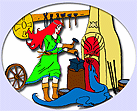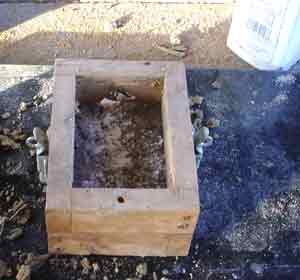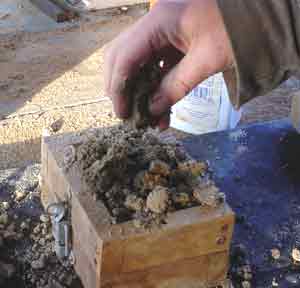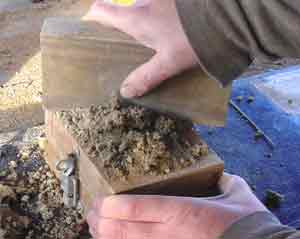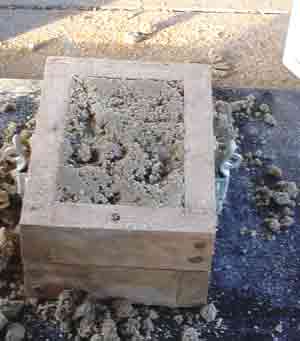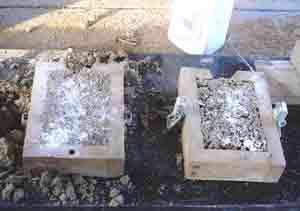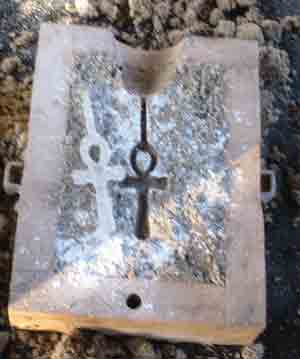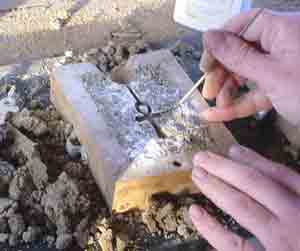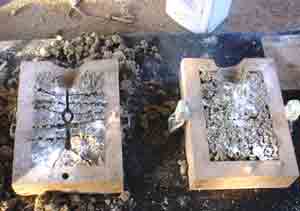|
HOME Shopping Cart Sterling Bracelets Sterling Necklaces Sterling Brooches Sterling Buckles Sterling Earrings Sterling Rings Traditional Archery Round Combs Quilt Block Inlay Turquoise & Silver Sterling Rings Green Man Ring Triple Moon Ring Spider Ring Custom Rune Ring Eternal Life Rings Pewter Odin Figurine Brigid's Cross Porringers Fairy Tales Pet Jewelry Seals & Signets Special Treasures Silver Dining Ware Custom Cut Stones Leather and Belts Custom Design Your Design Gallery Show Everything Gold Work Friends of the Forge Measuring Ring Sizes About Brigid's Forge Links Order All items handmade in the U.S.A. Exhibiting Members of the Craftsmen's Guild of Mississippi You are visitor: |
About Brigid's Forge The Workshop The Forge Visit Us Local Music Natchez Trace Nice Places Family Sandcast Ankh - continued
Back to Workshop Disclaimer: All techniques described are performered by professionals in a professional workshop. These techniques work well for us; we do not warrant them for anyone else. We cannot be responsible for anyone's property, profit, or safety. If you wish to make beautiful objects, pictures and text are no substitute for a good class. |
